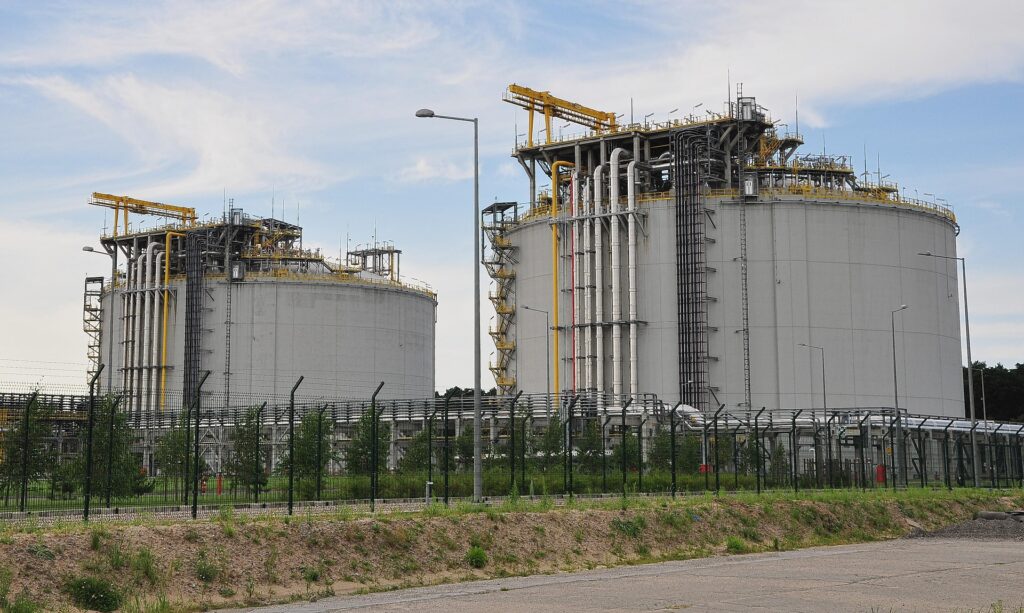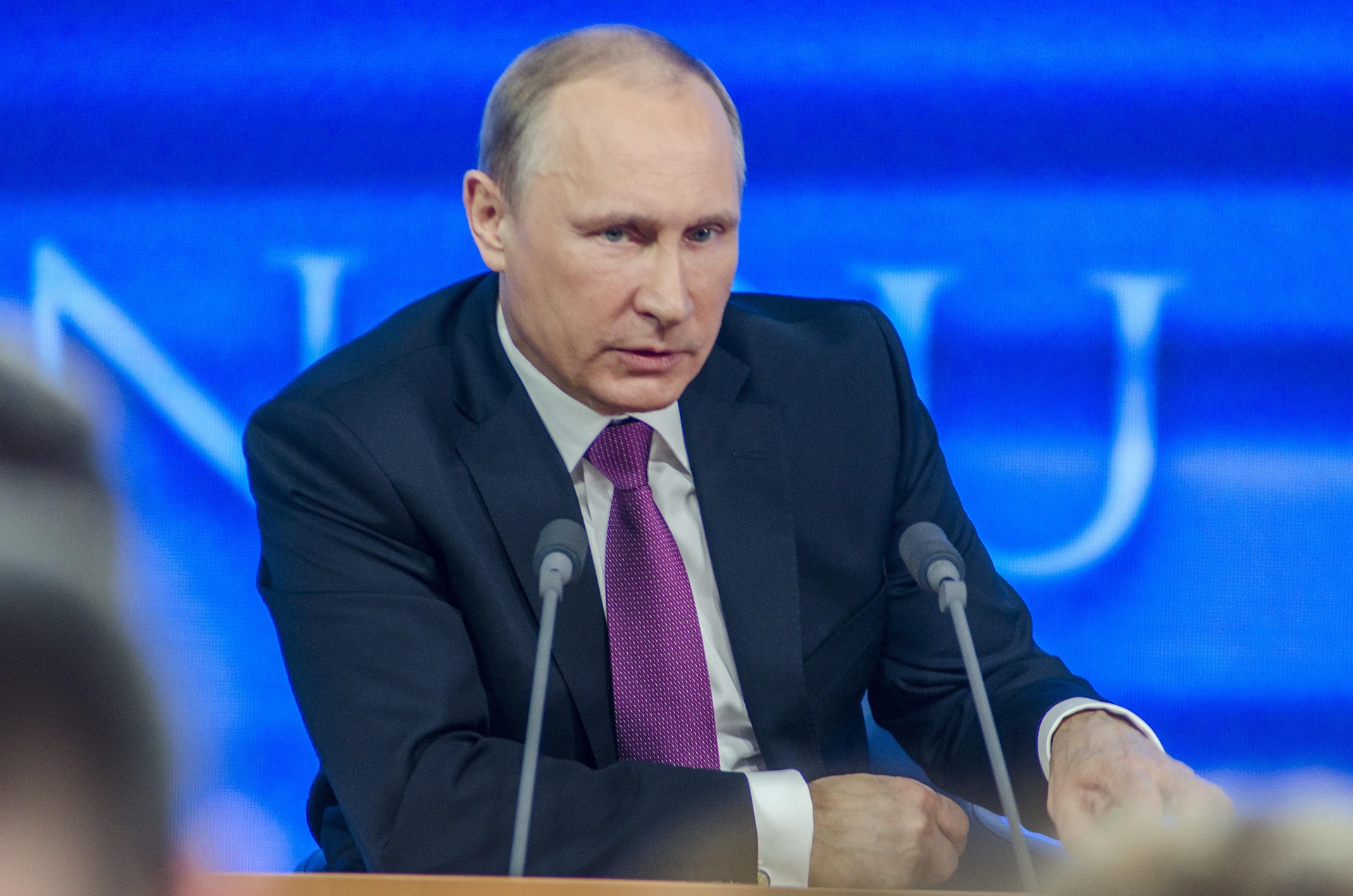Russian gas exports to Europe via the TurkStream pipeline surged by 37% in July 2025, hitting a new monthly record of 1.59 bcm. This jump comes after maintenance delays in June and rising seasonal demand. Despite EU efforts to phase out Russian gas under the REPowerEU plan, countries like Hungary and Slovakia continue to rely on TurkStream—the only operational pipeline after Ukraine halted transit. While Gazprom saw modest gains via TurkStream, total Russian gas exports to Europe remain sharply down year-on-year due to geopolitical shifts, LNG bans, and infrastructure limits.
Russian Pipeline Gas Exports to Europe Surge 37% in July 2025
In a significant development amid the ongoing shifts in global energy markets, Russian gas exports to Europe via pipeline saw a sharp rise in July 2025. The increase comes at a time when Europe is gradually moving away from Russian fossil fuels under the REPowerEU plan, yet continues to rely on key supply routes like TurkStream for energy security.
TurkStream Delivers Record Volumes
Gazprom, Russia’s state-owned energy giant, reported that average daily natural gas supplies to Europe through the TurkStream pipeline surged by 37% in July 2025 compared to June. This substantial month-on-month increase pushed daily flows to 51.5 million cubic meters (mcm), up from 37.6 mcm in the previous month.
The July 2025 gas flow not only marked a strong rebound from June, when scheduled maintenance limited volumes, but also represented a 4.7% rise over July 2024, which saw daily exports of 49.2 mcm.
On a monthly basis, the pipeline transported 1.59 billion cubic meters (bcm) of gas to Europe in July 2025, setting a new record and surpassing the previous high of 1.56 bcm in January 2025.
Year-to-Date Growth Despite Broader Declines
From January to July 2025, Gazprom’s total gas exports to Europe via the TurkStream pipeline amounted to 9.91 bcm. This figure represents a 6.9% increase over the same period in 2024, when exports totaled 9.3 bcm.
However, total Russian gas exports to Europe—combining both pipeline and LNG—declined sharply. For the first half of 2025 (January through June), total exports stood at 8.33 bcm, a dramatic 47% drop compared to 15.5 bcm during the same period in 2024. This steep fall is primarily due to the complete cessation of gas flows through Ukraine at the beginning of 2025.
TurkStream Becomes the Sole Operational Pipeline Route
As of August 2025, the TurkStream pipeline remains the only operational route for Russian pipeline gas to Europe. The pipeline runs under the Black Sea from Russia to Turkey, and onward to Southeast Europe via the Balkans. It plays a crucial role in maintaining Russian gas supplies to countries like Hungary and Slovakia.
Other major pipeline routes, including Nord Stream (damaged by sabotage in 2022) and Yamal-Europe (shut since 2022), are no longer functional. Additionally, Ukraine halted all gas transit through its Soviet-era pipelines on January 1, 2025, following the expiration of a five-year deal. This move not only impacted European gas security but also dealt a financial blow to Ukraine, which is now losing an estimated $1 billion annually in transit fees.
What’s Behind the July Surge?
Russian Pipeline Gas Exports to Europe Surge 37% in July 2025:The 37% jump in exports in July 2025 was driven by multiple factors. Most significantly, the completion of routine maintenance on the TurkStream pipeline in late June allowed for full capacity resumption. Additionally, seasonal factors played a role, as European utilities began replenishing their underground storage ahead of the winter demand season.
Historical Export Trends Show Sharp Decline
Russian Pipeline Gas Exports to Europe Surge 37% in July 2025:Looking at the historical trajectory, Russian pipeline gas exports to Europe have undergone a sharp contraction. They peaked at between 175–180 bcm per year in 2018 and 2019. However, exports fell to 63.8 bcm in 2022 amid geopolitical tensions, and further declined to 28.3 bcm in 2023, marking a 55.6% drop. In 2024, exports recovered slightly to 32 bcm.
In 2023 alone, Russia supplied just 27 bcm of pipeline gas to the European Union, compared to 140 bcm in 2021—illustrating a drastic reduction in European dependence on Russian energy.
For the period January–July 2024, total Gazprom pipeline exports to Europe (including transit via Ukraine) stood at 18.3 bcm, highlighting how the cutoff through Ukraine has severely curtailed export volumes in 2025.
Changing Energy Landscape in Europe
Russian Pipeline Gas Exports to Europe Surge 37% in July 2025:Russia’s dominance in the European gas market has significantly diminished. Its share of the EU’s pipeline gas imports fell from 40% in 2021 to just 11% by 2024. When including LNG, Russia’s share of total EU gas imports stood at under 19% in 2024.
Nevertheless, certain EU member states remain reliant on Russian gas. Countries like Hungary, Slovakia, and Austria continue to depend on TurkStream due to limited alternative supply infrastructure.
The European Union has intensified its energy diversification efforts. The REPowerEU plan aims to eliminate Russian fossil fuel imports entirely by 2027. In pursuit of this goal, Europe has ramped up LNG purchases from the United States, Norway, and Qatar, and expanded pipeline imports from Algeria and Azerbaijan.

In March 2025, the EU took a further step by banning Russian LNG transshipments—closing a loophole that had allowed continued LNG inflows through intermediary ports.
Contrasting Trends in LNG and Pipeline Imports
Russian Pipeline Gas Exports to Europe Surge 37% in July 2025:Despite policy ambitions to reduce Russian gas dependency, Russian LNG imports into the EU rose in 2024. Total LNG imports from Russia increased by 18% to 45 bcm, with Italy importing an additional 4 bcm, Czechia 2 bcm, and France 1.7 bcm.
In the second quarter of 2024, Russia accounted for 23% of extra-EU gas imports—highlighting that, despite reductions in pipeline supply, LNG remains a key channel for Russian energy into Europe.
In June 2025, the EU remained the largest buyer of Russian pipeline gas, accounting for 37% of total flows. China followed with 30%, and Turkey with 27%.
Gazprom’s Financial Struggles and Market Realities
Russian Pipeline Gas Exports to Europe Surge 37% in July 2025:Gazprom, once a powerful symbol of Russia’s energy dominance in Europe, has faced serious financial pressure amid declining exports. The company reported a loss of 629 billion rubles (approximately $8.2 billion) in 2023, largely driven by reduced revenues from European exports.
Russian LNG exports declined by 4.4% in the first half of 2025, falling to 15.2 million metric tons. Even so, the EU continued to purchase about half of this volume.
In terms of fossil fuel revenues, Russia earned an average of EUR 585 million per day from energy exports in June 2025. Of this, pipeline gas revenues were around EUR 47 million daily—down 4% from the previous month.
Russia’s Difficult Pivot to Asia and Domestic Solutions
Russian Pipeline Gas Exports to Europe Surge 37% in July 2025:As Europe scales back its reliance on Russian gas, Moscow has sought to pivot towards Asian markets. However, this strategy has run into challenges due to infrastructure constraints and delayed projects like the Power of Siberia 2 pipeline, which is designed to send gas to China but remains stalled.
In the absence of major new export destinations, Russian policymakers are exploring domestic solutions to deal with surplus gas. Proposals under consideration include using the gas to power energy-hungry data centers or to support industrial operations such as coal mining.
Conclusion
The 37% surge in Russian gas exports via TurkStream in July 2025 highlights the complex and often contradictory dynamics of the European energy transition. While long-term plans aim to sever ties with Russian fossil fuels, short-term realities—including infrastructure bottlenecks, seasonal demand, and geopolitical disruptions—continue to sustain a role for Russian gas in the European market.
As the EU intensifies its push for energy independence, and Russia scrambles to reorient its gas strategy eastward or inward, the future of cross-border energy flows remains uncertain. What is clear, however, is that the TurkStream pipeline now represents one of the few remaining bridges between two diverging energy futures.

